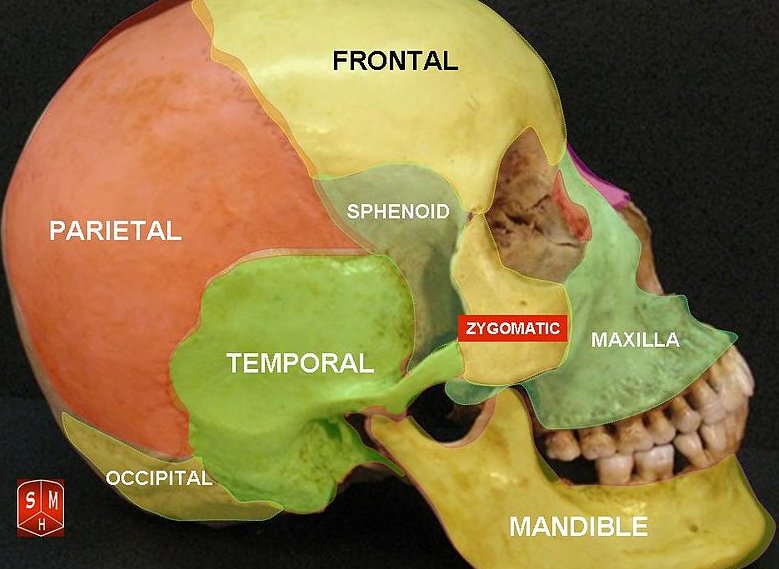| Ruga Upper part, higher part; when used as a locative adverb, it is preceded by a preposition: i ruga, above, on; ki ruga, upwards, mai ruga, from above. When used with a noun the same preposition is repeated: he-ea te vî'e Vakai, he-iri ki ruga ki te Ahu ruga, the woman Vakai went, she climbed Ahu Runga. Ruga nui, high, elevated, lofty: kona ruga nui, high place, elevated position, high office; mana'u ruga nui, elevated thoughts. Vanaga.
High up; a ruga, above; ki ruga, on, above, upon; ma ruga, above; o ruga, upper; kahu o ruga, royal (sail); ruga iho, celestial. Hakaruga, to accumulate, to draw up. P Pau., Mgv.: ruga, above. Mq.: úna, úka, id. Ta.: nua, nia, id. Churchill. |


